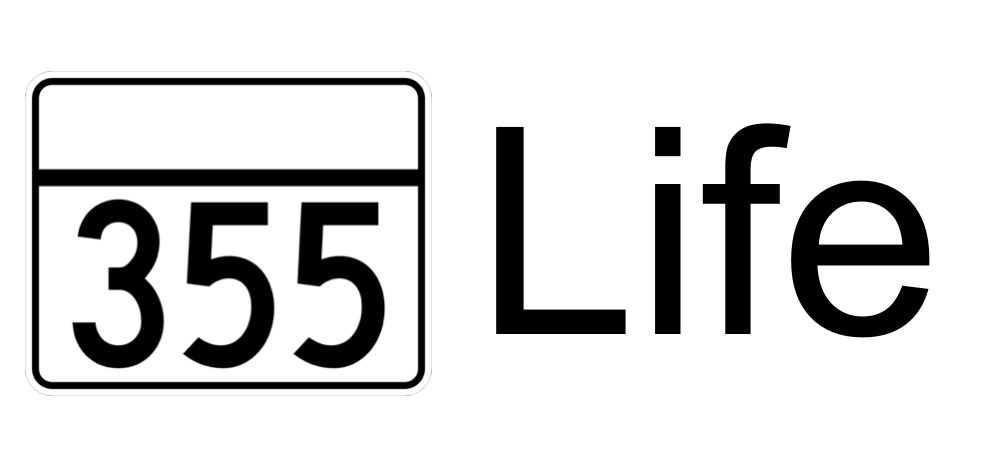HubSpot Review: Generate Business Leads the Inbound Way
Lead Generation: A Beginner's Guide to Generating Business Leads the Inbound Way
Let's start with defining a lead, and then we'll cover what online lead generation is, why you need lead generation, how you qualify someone as a lead, how to label lead types -- such as sales qualified leads, how you generate leads, and why inbound lead generation is much more effective than simply buying leads.
A lead is any person who indicates interest in a company's product or service in some way, shape, or form. Leads typically hear from a business or organization after opening communication (by submitting personal information for an offer, trial, or subscription) … instead of getting a random cold call from someone who purchased their contact information.
Let's say you take an online survey to learn more about how to take care of your car. A day or so later, you receive an email from the auto company that created the survey about how they could help you take care of your car. This process would be far less intrusive than if they'd just called you out of the blue with no knowledge of whether you even care about car maintenance, right? This is what it's like to be a lead.
Lead Generation:
Lead generation is the process of attracting and converting strangers and prospects into someone who has indicated interest in your company's product or service. Some examples of lead generators are job applications, blog posts, coupons, live events, and online content.
These lead generators are just a few examples of lead generation strategies you can use to attract potential customers and guide them towards your offers.
Lead Generation Process
Now that we understand how lead generation fits into the inbound marketing methodology, let's walk through the steps of the lead generation process.
First, a visitor discovers your business through one of your marketing channels, such as your website, blog, or social media page.
That visitor then clicks on your call-to-action (CTA) — an image, button, or message that encourages website visitors to take some sort of action.
That CTA takes your visitor to a landing page, which is a web page that is designed to capture lead information in exchange for an offer.
Note: An offer is the content or something of value that's being "offered" on the landing page, like an ebook, a course, or a template. The offer must have enough perceived value to a visitor for them to provide their personal information in exchange for access to it.)
Once on the landing page, your visitor fills out a form in exchange for the offer. (Forms are typically hosted on landing pages, although they can technically be embedded anywhere on your site.) Voila! You have a new lead. That is, as long as you’re following lead-capture form best practices.
See how everything fits together?
To sum it up: Visitor clicks a CTA that takes them to a landing page where they fill out a form to get an offer, at which point they become a lead.
Thanks for reading and have a great day!
